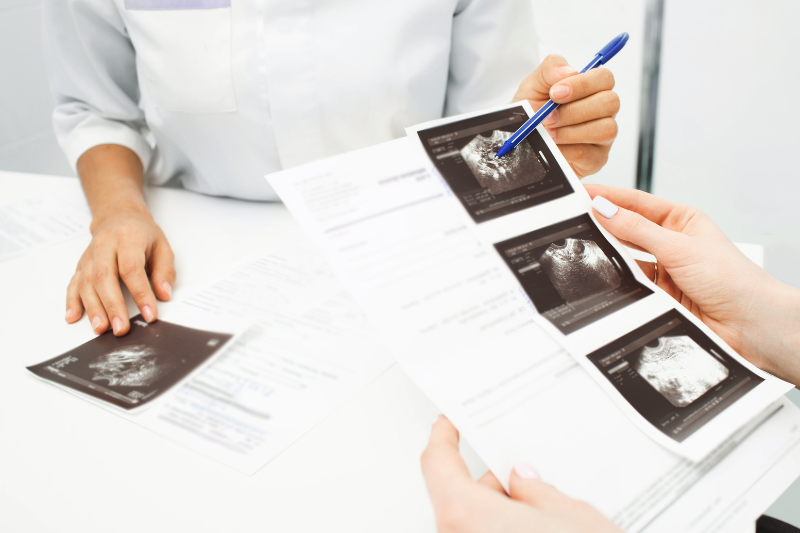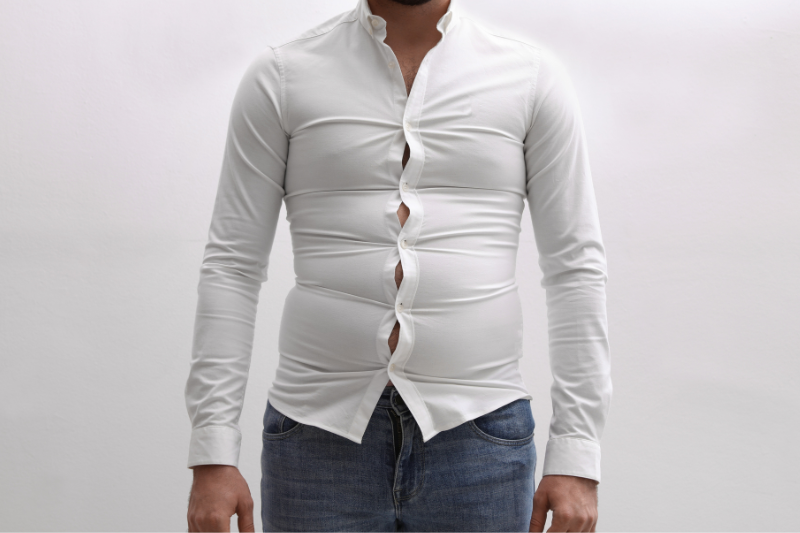What is the Best Treatment for Pilonidal Sinus Disease?
The best treatment for pilonidal sinus disease or sinus infection. Depends on the severity and recurrence of the condition. Doctors consider excision and marsupialization. The most effective treatments for chronic cases.

Pilonidal Sinus Disease – Surgical Treatments
There are several surgical treatment options for pilonidal cysts especially when they become chronic or recurrent. Here are some of the most common:
Incision and Drainage
The surgeon makes a small incision to remove hair and drain the pus from the infected cyst, often referred to as a pilonidal abscess. Eventually, individuals can get instant relief from pain and infection.
Excision
Surgeons remove the entire cyst and surrounding tissue to prevent recurrence. Especially recommended for those having chronic or recurrent cysts.
Marsupialization
The surgeon opens the cyst drains the pus and pus collects around it. Then sutures the edges to form a pouch. To heal the area from the inside out. Nonetheless, the procedure reduces the risk of recurrence.

Pilonidal Sinus Disease – Non-Surgical Treatments
For mild cases, non-surgical options can work. Here are some:
Antibiotics – To take antibiotics to treat infection and reduce inflammation.
Good Hygiene – Maintaining good hygiene can prevent infection and recurrence.
Warm Compresses – Applying warm compresses can reduce pain and encourage drainage.
Sitz Baths – Take sitz baths by sitting in warm water for 10-15 minutes, which can help the skin soothe the area and keep the buttocks clean.
Hair Removal – Regular hair removal in the affected area can prevent hair from getting trapped. Additionally won’t cause more problems.

How Effective are these?
Surgical treatments for most pilonidal cysts are generally effective with a high success rate. However, the risk of recurrence of a pilonidal cyst is still there especially if the underlying causes of the pilonidal cyst symptoms are not evaluated in and timely treated.
On the other hand, non-surgical treatments can manage symptoms. Additionally, prevents infection but may not be enough for chronic or severe cases.
Pilonidal Sinus Disease – Advanced Information and Considerations
What are the Risks and Complications of Surgery?
Surgery can treat most causes of pilonidal and cysts but comes with risks and complications:
Infection – You can get an infection after surgery.
Post-Operative Pain – Experiencing pain and discomfort is common.
Recurrence – The cyst can come back even after surgery.
Scarring – Surgery leaves scars which can be cosmetically annoying for some patients.
Pilonidal Sinus Disease – Ideal Candidates for Surgery
Ideal candidates for cyst surgery are those who:
- Have severe pain or infection.
- Have chronic or recurrent cysts.
- High risk of complications without surgery.
- Cysts don’t respond to non-surgical treatments.
Pilonidal Sinus Disease – Causes and Long-term Management and Prevention
Long-term management of pilonidal cysts is to address the underlying risk factors and take preventive measures. These are:
Personal Hygiene – Regular cleaning and physical examination of the affected area to prevent infection.
Weight Management – Maintaining a healthy weight can reduce the increased risk of getting pilonidal cysts.
Avoiding Sitting – Prolonged sitting puts pressure. Take short breaks. Evidently, reduces pressure on the tailbone area.
Avoid Tight Clothing – They can cause friction and irritation. Further driven hair and debris into the skin.

Pilonidal Sinus Disease – Recovery and Risks
What Is the Recovery Time After Pilonidal Cyst Surgery?
Recovery time after pilonidal cyst surgery varies depending on the procedure and individual factors. Incision and drainage may have a shorter recovery time.
While excision and marsupialization may require several weeks to months for full healing. Besides this, adherence to post-operative instructions is crucial for a smooth recovery.
Are There Any Risks Associated with Pilonidal Cyst Surgery?
Risks include infection, bleeding, and recurrence of the pilonidal cyst or other symptoms. However, proper post-operative care and follow-up can help minimize these risks.

Pilonidal Sinus Disease – Related Conditions
What are the Complications of Untreated Pilonidal Cysts?
Untreated pilonidal cysts can cause complications like chronic infection, abscess formation, and the development of sinus cavities. These complications can be very painful and may need more extensive treatment.
Can a Pilonidal Cyst Turn into a Fistula or Abscess?
Yes, a pilonidal cyst can turn into symptoms of a serious pilonidal cyst hereditary fistula if left untreated. A few causes of a pilonidal cyst or fistula are an abnormal connection between the infected pilonidal cyst and another part of the body. Often the skin surface. Furthermore, this can cause chronic drainage. And may require more complex surgical treatment.
What STD Can Cause Perianal Abscess?
Sexually transmitted diseases like gonorrhea and chlamydia can cause perianal abscesses. These infections can lead to inflammation and abscess formation in the perianal area, requiring medical treatment.

Pilonidal Sinus Disease – Other Conditions and Treatments
How to Treat Sebaceous Cyst on Buttocks?
Treating sebaceous cysts on swollen skin of the buttocks means keeping the cyst area clean and dry. In some cases, if the doctor finds out that the cyst becomes infected. Then recommends the surgical procedure.
How to Get Rid of Lumps on the Bottom or Around the Anus?
Getting rid of hair growing out of lumps on the bottom involves finding out what’s causing them. However, doctors either surgically removed the sebaceous cysts boils, and other lumps or by incision.
As well as drainage or antibiotics. Proper hygiene and not wearing tight clothes can help prevent these lumps.
What’s the Difference Between Pilonidal Cysts and Sebaceous Cysts?
Pilonidal cysts develop near the tailbone and contain hair follicles and debris. While sebaceous cysts form after the blockage of hair follicle (ingrown hair) draining pus or oil glands.
Pilonidal cysts are more likely to get infected and painful. Whereas sebaceous cysts are usually not problematic unless infected.
Are Lumps on Bottom Always Cysts?
No, lumps on the bottom of the buttocks are not always cysts. They can be boils, abscesses, lipomas, or other types of growths. Nonetheless, your doctor’s office diagnoses the type of lump and recommends treatment.

Pilonidal Disease – FAQs
Can Pilonidal Cysts Come Back After Treatment?
Yes, most pilonidal sinus infections can come back after treatment. Even with surgery, there is a chance of recurrence. Particularly, if the underlying causes not addressed properly.
Individuals should keep hygiene. Moreover, avoid prolonged sitting for hours. Also removing body hair anywhere from the affected area can help. This will prevent pilonidal cysts and skin cancer from coming back.
How Do They Remove a Cyst on Your Buttocks?
Removing a cyst on the bottom typically involves a surgical procedure. Firstly, the rectal surgeons excise the pus-filled surroundings. Then clean it for rapid wound healing.
However, in some cases, the surgeon may left the wound open. To further heal from the inside out. Reducing the higher risk of skin infection and recurrence.
What Does a Pilonidal Hole Look Like?
A pilonidal hole (pilonidal sinus), appears as a small dimple or opening in the skin at the base of the tailbone. This opening can vary in size. Lastly, it may look like a small pit or a larger, more noticeable hole.
If infected, the area around the infected pilonidal hole can become red, and swollen, and may discharge pus or blood.
Nevertheless, understanding what it looks like, why it forms, need to be treated, and how to manage it. Subsequently, help to take proactive steps to address the condition.
While home treatments can provide relief and prevent signs of infection elsewhere. But professional medical evaluation and treatment are often necessary for long-term effective management.
Call us or schedule a teleconsultation. IBI Healthcare offers SiLaC® Laser Ablation Cyst Procedure to treat chronic, and traumatic cysts.



